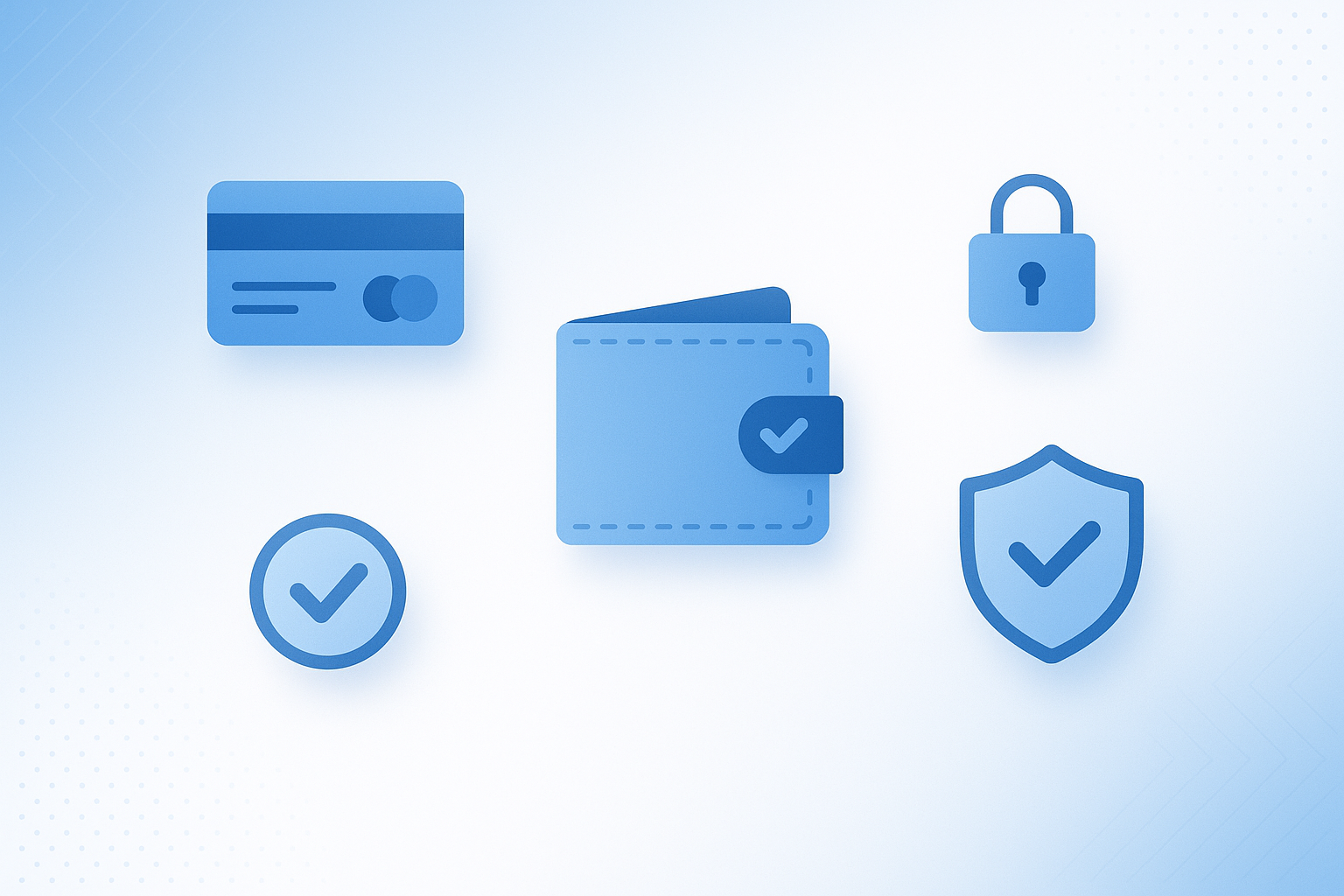Spin to Win: The Smart Shopper’s Washer Guide
A washer is one of the hardest-working appliances in your home. Choosing the right one depends on your laundry space, household size, lifestyle, and budget. This guide will walk you through measuring, washer types, features, and what to look for before you buy.
Step One: Measure Your Space
Width → Standard washers are 27" wide (compact = 24"). Always leave at least 1" clearance on each side for vibration and airflow.
Height → Most washers are 38–43" tall. Add extra height if you’ll use pedestals or stacking kits.
Depth → Standard depth = 30–34". Leave 4–6" at the back for hoses, drains, and electrical connections.
Door Swing (Front-Load) → Make sure there’s space to open the washer door fully. Consider reversible doors if needed.
Delivery Path → Measure hallways, doorways, and stairs to ensure the washer can be delivered.
💡 Tip: If stacking a washer/dryer, measure total height with the stacking kit included.
Step Three: Decide on Capacity
3.5–4.0 cu. ft. → Singles/couples (8–10 lbs. of laundry per load)
4.2–4.7 cu. ft. → Small families (12–14 lbs.)
4.8–5.2 cu. ft. → Medium families (14–16 lbs.)
5.3+ cu. ft. → Large families (king-size comforters, 18–20 lbs.)
💡 Rule of thumb: 4–6 cu. ft. per 2–3 people in the household.
Step Six: Budget & Value
Entry-Level (Top-Load Agitator) → $400–$700
Mid-Range (HE Top-Load, Basic Front-Load) → $700–$1,000
Premium (Large-Capacity Front-Load, Smart Features) → $1,200+
💡 Scratch & Dent/Open-Box → Save 30–60% off MSRP for full functionality with cosmetic blemishes.

